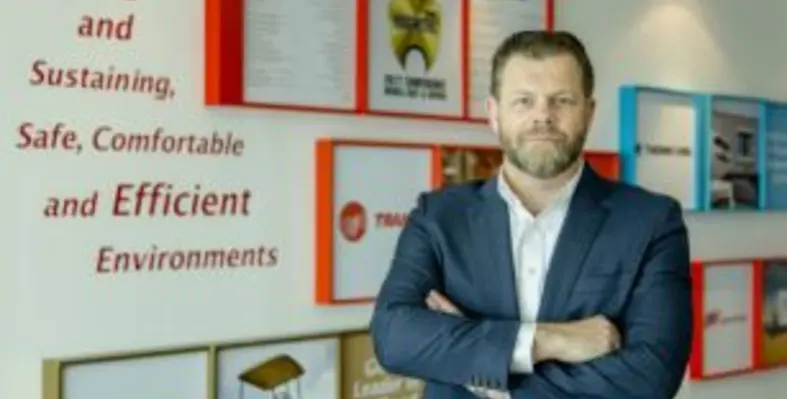Trane, manufacturer of heating, ventilating and air-conditioning (HVAC) systems, has shared best practices for the summer
HVAC systems contribute around 70 per cent of building?s energy usage in the UAE. Johan Samuelsson, vice president at MEA, Trane, has mentioned the four best practices that deliver 10-25 per cent energy savings. These practices are as follows.&;
System Scheduling
Flex time, work-from-home and busy travel schedules bring variability to building occupancy rates. With fewer people using heat-generating computers and other equipment, there may be an opportunity to reduce HVAC system operation. Office managers and building operators are encouraged to check with department heads or HR to find out how many people are actually in the building at any given time to ensure the HVAC systems aren?t running wastefully for full occupancy.
Don?t over-cool
Many commercial buildings are notoriously over-cooled. Moving sensors around to get better readings as a sensor placed in direct sunlight may give an inaccurate reading for a large open workspace.
Shift energy demand
While reviewing scheduling and setpoints, look for ways to shift energy use to off-peak hours. In the UAE, this is between noon and 6 pm. This practice is also in line with DEWA?s annual Peak-Load Campaign and is being carried out in accordance with the Dubai Integrated Energy Strategy, which aims to reduce energy demand by 30 per cent by 2030.
Evaluate
Samuelsson said it?s a good idea to give HVAC systems an overall review and restore them to the original performance standards. He further explained that one should look for manual overrides keeping settings out of spec, outdated or poorly located sensors in reconfigured spaces and valves and dampers that are stuck open.







